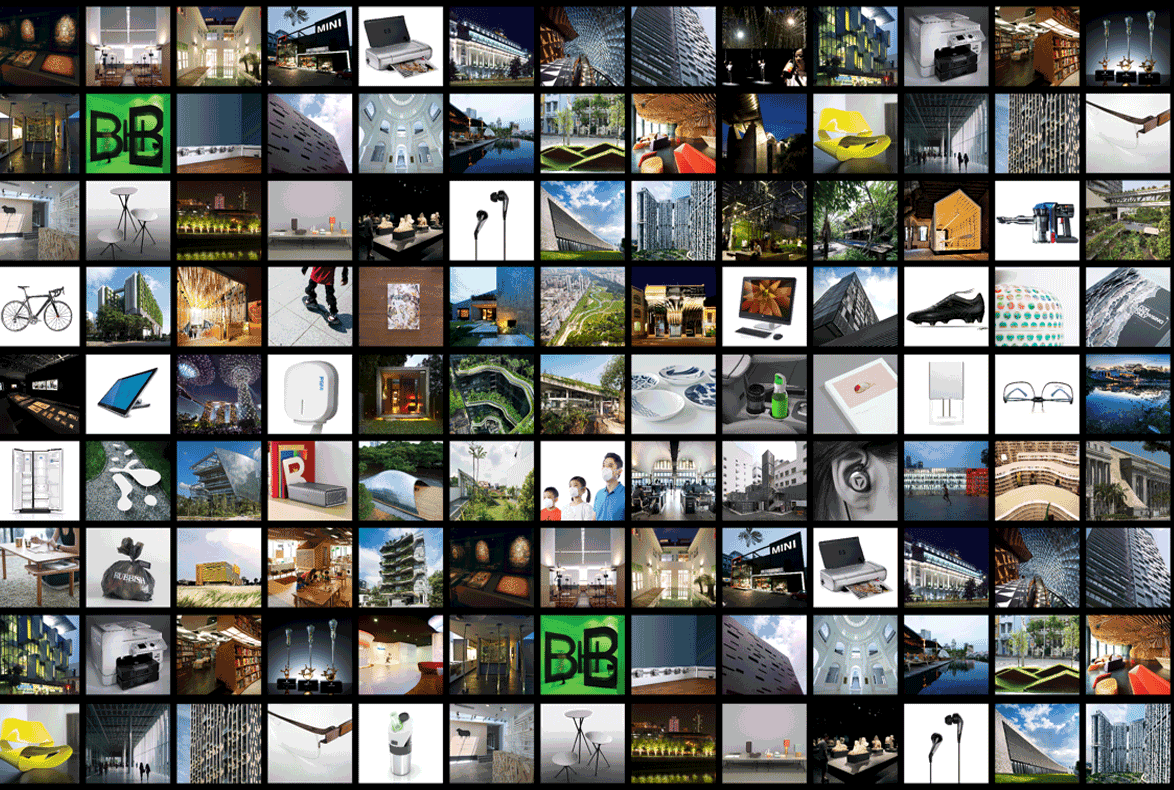Judging Process and Criteria
Overview

The jury process is designed to maintain the rigour in judging standards that P*DA has become known for in the past 11 years, as well as to continue to peg P*DA to best practices of international key awards whilst keeping in mind local contexts.
There are two jury panels: The “Architecture Panel” evaluates all architecture submissions and is administered by URA; while the “Design Panel” evaluates all non-architecture submissions and is administered by Dsg.
Judging Process

The judging process consists of 3 stages:
- Selection of Jury Panel
The panels consist of:- “Architecture Panel”: Five jurors who are veteran architecture practitioners and/or academics.
- “Design Panel”: Nine to 12 jurors who are “Design Experts” (multi-disciplinary design veterans) and “Impact Experts” (researchers, academics, consultants etc).
- Online shortlisting of nominations
Both the Design and Architecture Panels will engage in an online shortlisting process to select the most promising submissions for face-to-face interviews and/or site visits in the Jury Session.Shortlisted non-architectural Designs of the Year will be reviewed by an independent Knowledge Partner, in order to validate the impact claims made in their submissions. The Knowledge Partner for P*DA 2018 is the Singapore University of Technology and Design (SUTD), SUTD-MIT International Design Centre (IDC). - Jury session
- Both Design and Architecture Panels will separately select the recipients according to the P*DA judging criteria and objectives of the Award.
- Each Panel will be presided over by a Jury Chair and, if necessary, assisted by a Vice-Chair. Both will be appointed by Dsg and URA, respectively.
- Each Panel will collectively select the award recipients of their respective panel.


